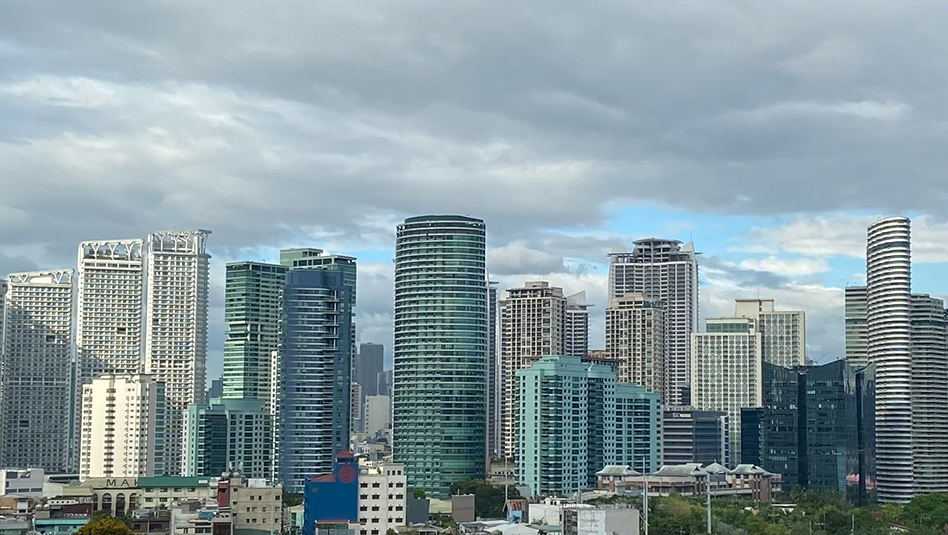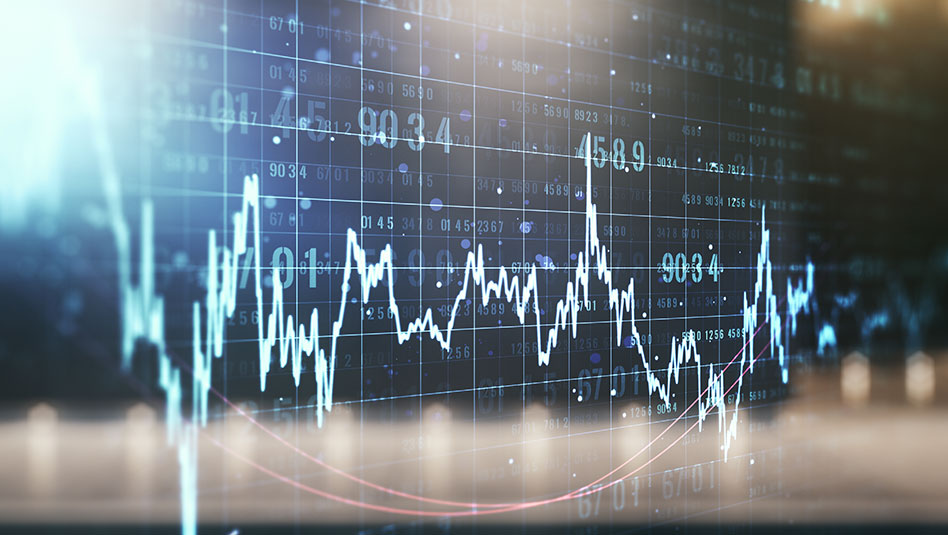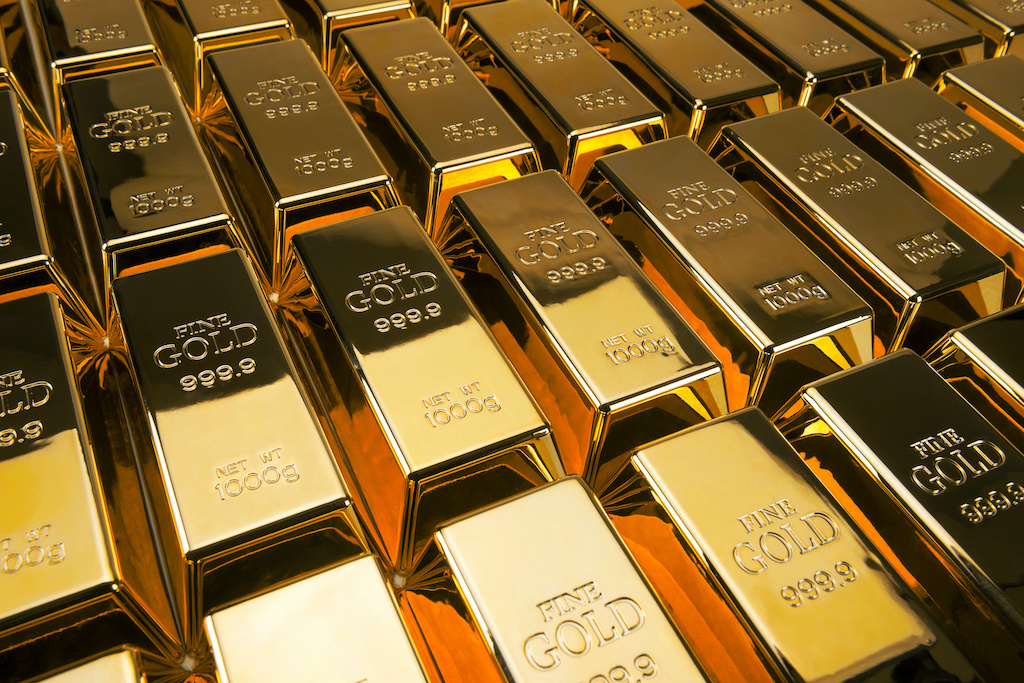SINGAPORE, Oct 11 – The dollar dipped broadly on Wednesday, tracking a slide in US Treasury yields weighed down by dovish Federal Reserve comments, as traders looked to the central bank’s policy meeting minutes out later in the day for clues on its interest rate outlook.
A slew of Fed officials have signalled in recent days that the US central bank may not need to tighten monetary policy much further than initially thought.
Atlanta Fed Bank President Raphael Bostic said on Tuesday the central bank did not need to raise borrowing costs any further, and Minneapolis Fed President Neel Kashkari followed with similar remarks later in the day.
The comments pushed the greenback to a two-week trough against a basket of currencies in the previous session, with the dollar index languishing near that level in early Asia trade. It last stood at 105.66.
Sterling rose to a three-week high of USD 1.2296, while the euro last bought USD 1.0606, not far from Tuesday’s more than two-week top of USD 1.0620.
“The Fed is shifting away from further rate hikes, and its tightening bias too may be dropped by December,” said Thierry Wizman, Macquarie’s global FX and interest rates strategist.
US Treasury yields have similarly tracked lower following the dovish Fed comments, with the two-year yield, which typically reflects near-term rate expectations, hitting a one-month low of 4.9260% on Tuesday. It was last at 4.9675%.
The benchmark 10-year yield stood at 4.6468%.
The focus now turns to minutes of the Fed’s September policy meeting out later on Wednesday, which could offer further clues on its interest rate outlook. US inflation data is due the next day.
“I think markets will be particularly interested in whether or not the (Federal Open Market Committee) will follow through with the extra 25-basis-point hike forecast in (its) latest dot plot,” said Carol Kong, a currency strategist at Commonwealth Bank of Australia (CBA).
“Any comments that are perceived to be slightly dovish, I think the unwind of yields can continue and that can weigh down on the U.S. dollar more.”
China aid?
The Australian dollar rose to a roughly one-week high of USD 0.6440 while the New Zealand dollar scaled a two-month top of USD 0.6050, helped slightly by a report saying China is weighing new stimulus measures.
The two Antipodean currencies are often used as liquid proxies for the yuan.
China is looking to increase its budget deficit for 2023 as the government prepares to bring a new round of stimulus to help the economy meet Beijing’s annual growth target, Bloomberg News reported on Tuesday.
“Markets are still pretty cautious about whether or not the government will introduce a large scale stimulus given they have been reluctant this past year about unleashing any large scale stimulus. So I think markets are a little bit unsure whether that report is real,” said CBA’s Kong.
“If that report is true and Chinese officials come out with a big stimulus package, that will obviously boost (the yuan) and currencies linked to the Chinese economy.”
The offshore yuan, which touched a roughly one-month high of 7.2700 per dollar on Tuesday, last bought 7.2839.
(Reporting by Rae Wee; Editing by Jamie Freed)







 DOWNLOAD
DOWNLOAD












